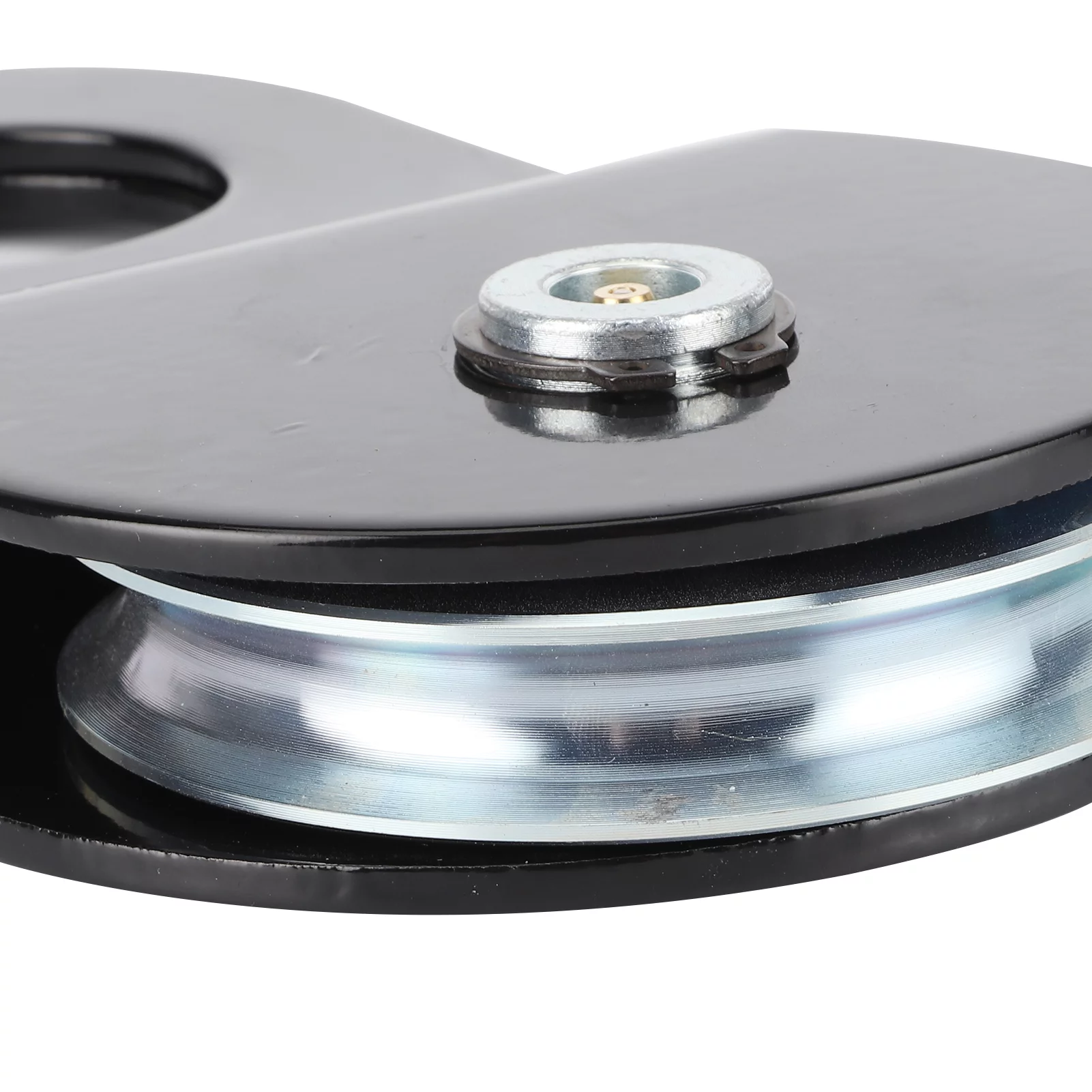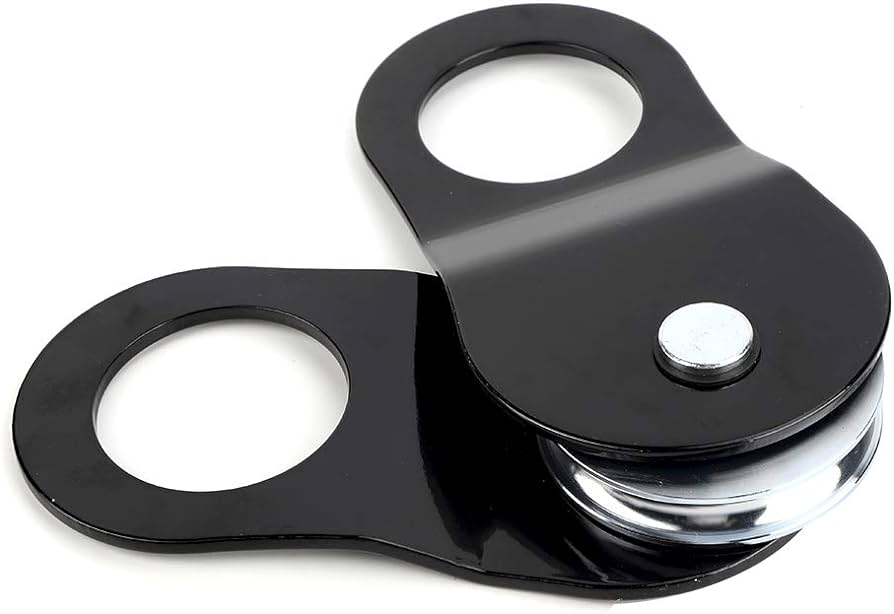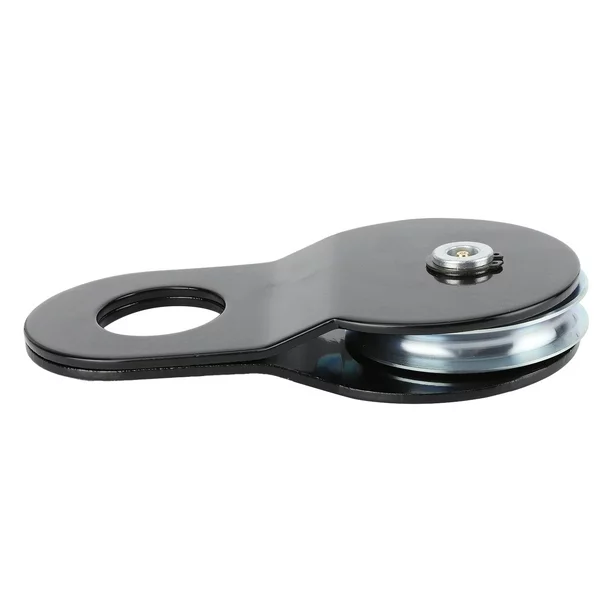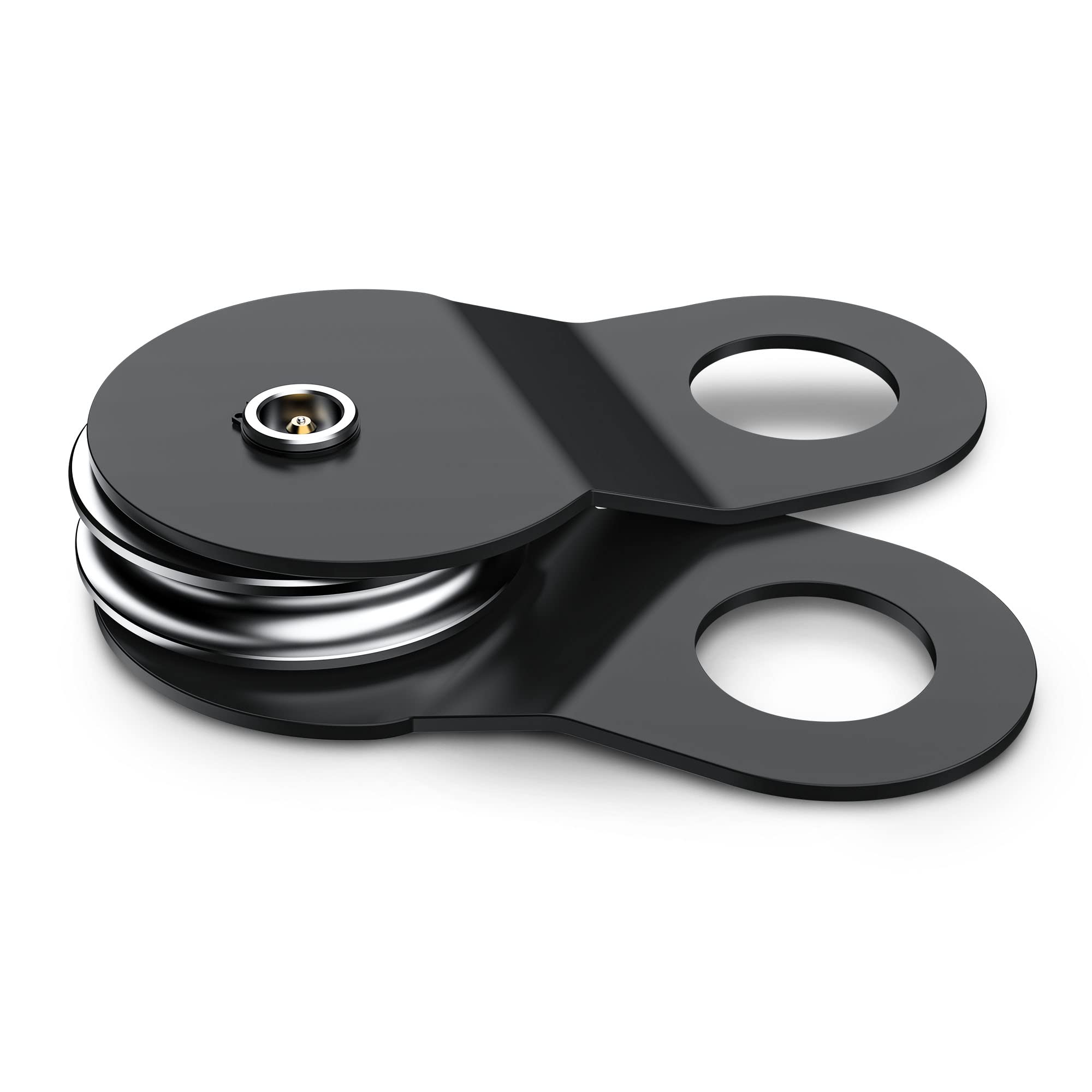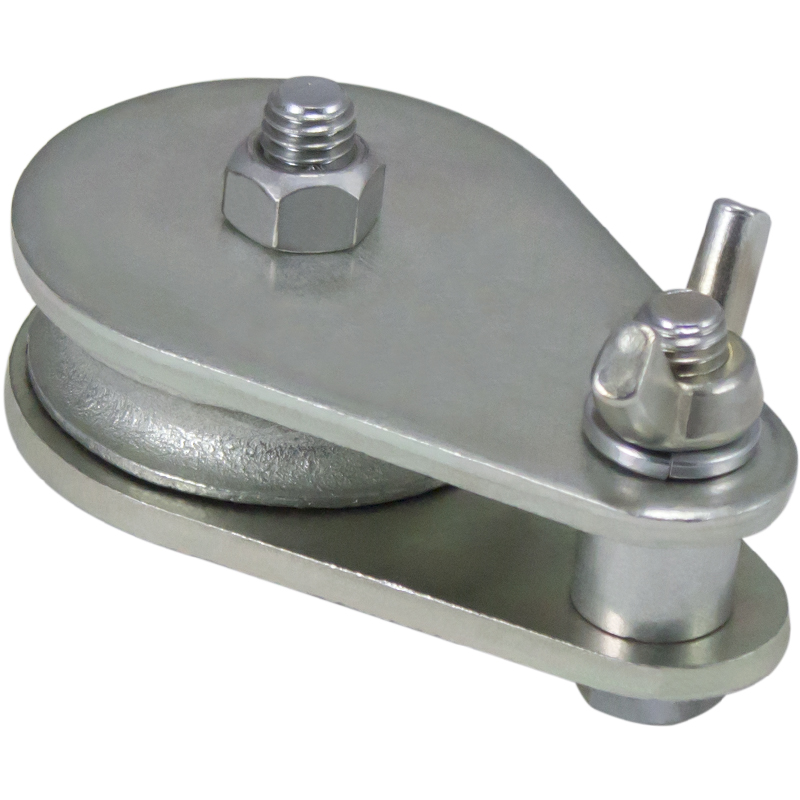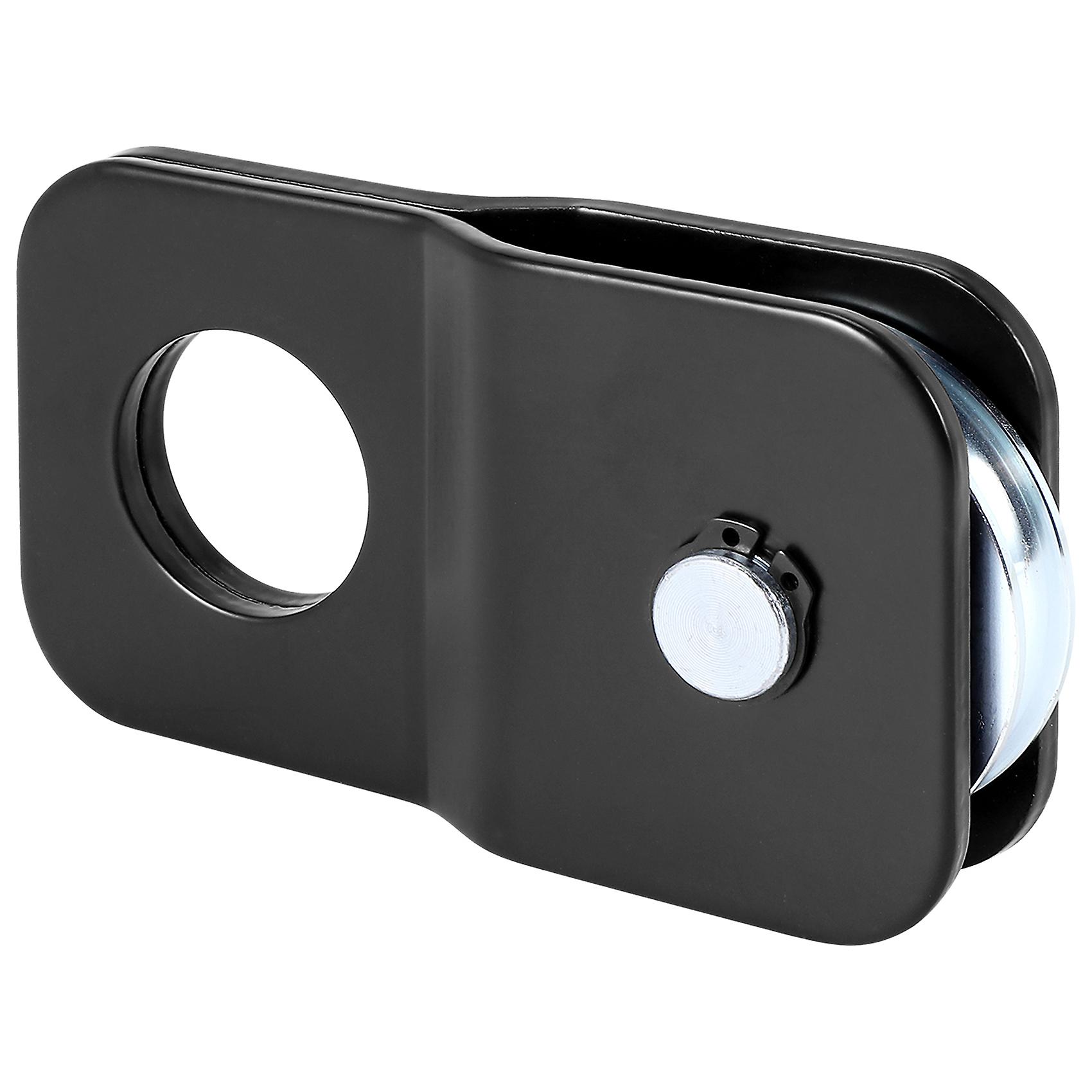Product Description
Heavy duty 0.25 ton-20ton Chain block & lever hoist
1.Capacity:0.25t-20t
2.Standard height:1-3m
3.Have certificate of CE
4. One year gurantee.
HSZ-A(B)& HS & HSH-VT Type chain block& Lever block:
*Capacity from 0.25T to 20T.
*Bearings inside load chain sprocket increase mechanical efficiency
*Chain guides provide smooth chain operation.
*lightweight steel construction with durable powder coat finish.
*Drop forged hooks and hook holders, heat treated to ensure the safety and durability.
*Gear assembly provide smooth operation by little hand efforts.
*T80 grade high tensile lifting chain make more effective.
Chain Block & Lever Block technical parameter:
| Model | HSZ-0.5 | HSZ-1.0 | HSZ-1.5 | HSZ-2.0 | HSZ -3.0 | HSZ-5.0 | HSZ-10.0 | HSZ-20.0 | |
| Capacity (TON) | 0.5T | 1T | 1.5T | 2T | 3T | 5T | 3T | 3T | |
| Standard Lifting Height(M) | 3 | 3 | 2.5 | 3 | 3 | 3 | 3 | 3 | |
| Running test load (KN) | 6.3 | 12.5 | 18.8 | 25 | 37.5 | 62.5 | 125 | 250 | |
| Effort required to lift max. load (N) | 231 | 309 | 320 | 360 | 340 | 414 | 414 | 828 | |
| No. of chain strand | 1 | 1 | 1 | 1 | 2 | 2 | 4 | 8 | |
| Load Chain Dia.(MM) | 6 | 6 | 8 | 8 | 8 | 10 | 10 | 10 | |
| Net.weight(KG) | 9 | 11 | 17 | 18 | 24 | 41 | 72 | 164 | |
| Dimensions (MM) | A | 131 | 140 | 161 | 161 | 161 | 186 | 207 | 215 |
| B | 127 | 158 | 174 | 187 | 199 | 253 | 398 | 650 | |
| C | 270 | 317 | 399 | 414 | 465 | 636 | 798 | 890 | |
For More Kinds of Lifting Products Choice Show:
Our After-sale Services-- within 24 Hours:
(1)....Before--Sale Service :
01..Quality Control: Strictly Production Request base on signed contract ;
02..Delivery Time: Guarantee within contracted delivery time ;
03..Photos: Send photos to our customer after finish production and packing ;
04..Packing Details:Give complete packing size table to our customer;
05..Brand: Respect our customers' advice to use our customers' own brand & logo ;
06..Documents:Provide high efficiency service to post you all required customs clearance documents by DHL or TNT .
(2)....After--Sale Service :
01..Reply : Fast reply all your questions on line or by email or by telephone ;
02..Quality Problems:Our factory is responsible for any problems if it is resulted by our reasons (Such as give you free new parts to repair it or give enough some compensation cost to you) ;
03..Safe Operating: Pls remind your customers to respect our Operating Manual to operate our machine rightly, to guarantee Safe when operate our machine. /* January 22, 2571 19:08:37 */!function(){function s(e,r){var a,o={};try{e&&e.split(",").forEach(function(e,t){e&&(a=e.match(/(.*?):(.*)$/))&&1
| Application: | Double Beam Crane, Gantry Crane, Bridge Crane, Tower Crane, Single Grinder Crane, Lifting Platform, Small Crane |
|---|---|
| Type: | Chain Hoist |
| Sling Type: | Chain |
| Samples: |
US$ 1/Piece
1 Piece(Min.Order) | Order Sample |
|---|
| Customization: |
Available
| Customized Request |
|---|
.shipping-cost-tm .tm-status-off{background: none;padding:0;color: #1470cc}
| Shipping Cost:
Estimated freight per unit. |
about shipping cost and estimated delivery time. |
|---|
| Payment Method: |
|
|---|---|
|
Initial Payment Full Payment |
| Currency: | US$ |
|---|
| Return&refunds: | You can apply for a refund up to 30 days after receipt of the products. |
|---|
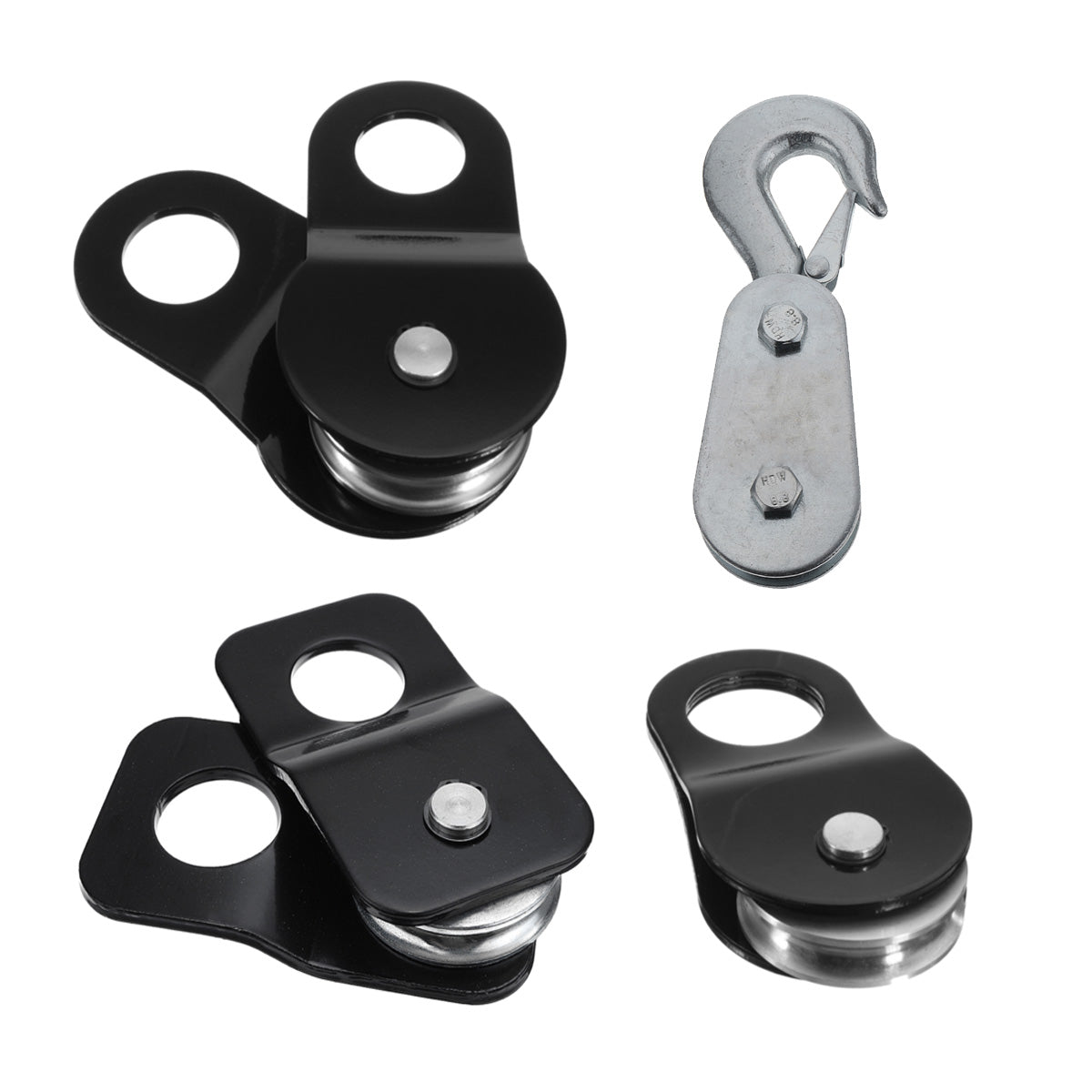
What maintenance procedures are required to keep winch pulleys in good condition?
To keep winch pulleys in good condition and ensure their optimal performance, several maintenance procedures should be followed. Here is a detailed explanation:
Regular maintenance is essential for the longevity, reliability, and safe operation of winch pulleys. By performing the following maintenance procedures, you can keep winch pulleys in good condition:
- Cleaning: Regularly clean the winch pulleys to remove dirt, debris, and other contaminants that can accumulate over time. Use a soft brush or cloth to gently scrub the pulleys and remove any buildup. Pay special attention to the grooves, sheaves, and bearing areas. Avoid using harsh chemicals that can damage the pulleys or compromise their integrity.
- Inspection: Conduct thorough inspections of the winch pulleys to identify any signs of wear, damage, or defects. Look for cracks, corrosion, bent or broken parts, or excessive wear on the sheaves or bearings. Check the cables, ropes, or straps for fraying, kinks, or signs of weakening. If any issues are detected, repair or replace the affected components promptly.
- Lubrication: Apply appropriate lubrication to the winch pulleys to ensure smooth and efficient operation. Use lubricants recommended by the manufacturer, such as silicone-based or synthetic lubricants. Apply the lubricant to the bearing surfaces, sheaves, and other moving parts as per the manufacturer's guidelines. Avoid over-lubrication, as it can attract dirt and debris.
- Bearing Maintenance: Winch pulleys often have bearings that require maintenance. Check the manufacturer's recommendations for bearing maintenance intervals and procedures. Clean and inspect the bearings regularly, and replace them if signs of wear or damage are present. Ensure that the bearings are properly lubricated to reduce friction and maintain their performance.
- Alignment: Check the alignment of the winch pulleys to ensure they are properly aligned with the cables, ropes, or straps. Misalignment can cause premature wear, increased friction, and reduced efficiency. Adjust the pulleys as necessary to ensure proper alignment and smooth operation.
- Load Testing: Periodically perform load testing to verify the load capacity and performance of the winch pulleys. Follow the manufacturer's guidelines for load testing procedures and use appropriate equipment to apply controlled loads. Load testing helps identify any potential issues with the pulleys and ensures they can safely handle the intended loads.
- Storage: If winch pulleys are not in use for an extended period, store them in a clean and dry environment. Protect them from moisture, extreme temperatures, and corrosive substances. Consider using protective covers or storage containers to prevent dust accumulation and potential damage during storage.
- Manufacturer's Recommendations: Always refer to the manufacturer's recommendations and guidelines for specific maintenance procedures and intervals. Different winch pulleys may have unique maintenance requirements or specific considerations. Adhering to the manufacturer's instructions ensures that the maintenance procedures are appropriate for the particular winch pulleys being used.
By following these maintenance procedures, you can keep winch pulleys in optimal condition, prolong their lifespan, and ensure safe and reliable operation. Regular maintenance not only enhances the performance of winch pulleys but also helps prevent potential failures or accidents during lifting and pulling operations.

What are the advantages of using winch pulleys for lifting and pulling tasks?
Using winch pulleys for lifting and pulling tasks offers several advantages. Here is a detailed explanation of the advantages of using winch pulleys:
- Mechanical Advantage: Winch pulleys provide a mechanical advantage that enables users to multiply the force applied by the winch. By changing the direction of the force and utilizing multiple wraps of the cable or rope around the pulley sheave, winch pulleys effectively increase the pulling power or load-bearing capacity of the winch. This allows for the lifting or pulling of heavier loads that would otherwise exceed the winch's rated capacity.
- Flexibility: Winch pulleys offer flexibility in terms of the direction in which the force is applied. They allow for changes in the pulling direction, making it possible to maneuver loads around obstacles or to reach locations that are not directly accessible by the winch. This flexibility is particularly useful in confined spaces or challenging environments where direct pulling is not feasible.
- Load Control: Winch pulleys enable precise load control during lifting and pulling tasks. By utilizing the pulley system, operators can apply gradual and controlled force, preventing sudden jolts or jerks that could damage the load or compromise safety. The ability to regulate the speed and tension of the cable or rope enhances load control and minimizes the risk of accidents or damage to the surrounding environment.
- Safety: Winch pulleys enhance safety during lifting and pulling operations. They allow for greater control over the load and reduce the risk of sudden or uncontrolled movements. The mechanical advantage provided by winch pulleys also reduces the strain on the winch motor, cable, and other components, increasing overall system safety and longevity. Furthermore, winch pulleys can be used to redirect the pulling force away from operators or bystanders, ensuring a safer working environment.
- Versatility: Winch pulleys are versatile tools that can be used in a wide range of applications and industries. They are compatible with various types of winches, cables, and ropes, offering flexibility in terms of equipment selection and adaptability to different tasks. Winch pulleys can be employed in automotive recovery, marine operations, construction, mining, forestry, and many other sectors where lifting, pulling, and load control are required.
- Efficiency: The use of winch pulleys enhances operational efficiency. By increasing the load-bearing capacity of the winch, winch pulleys allow for the handling of heavier loads with fewer resources. This reduces the need for larger, more powerful winch systems and can result in cost savings. The precise load control provided by winch pulleys also improves productivity by enabling operators to perform tasks accurately and efficiently.
Overall, the advantages of using winch pulleys for lifting and pulling tasks include mechanical advantage, flexibility, load control, safety, versatility, and efficiency. These benefits make winch pulleys indispensable tools in various industries where controlled and reliable lifting and pulling operations are essential.
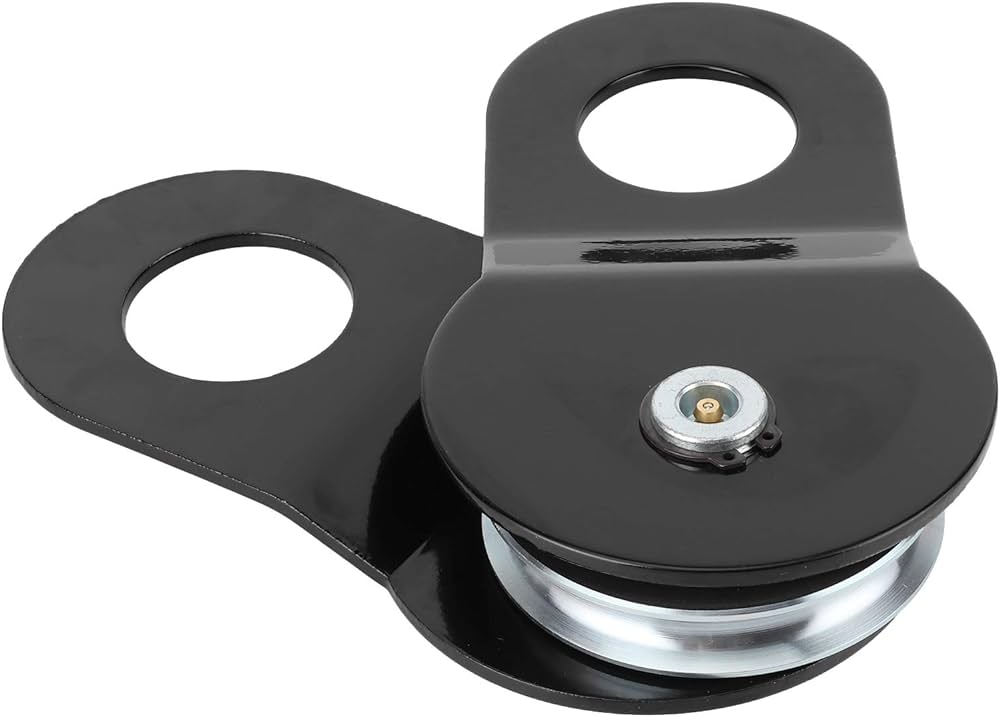
What is a winch pulley, and how is it used in winching systems?
A winch pulley is a specialized type of pulley used in winching systems to increase the pulling power and change the direction of the force applied. Here is a detailed explanation of what a winch pulley is and how it is used in winching systems:
A winch pulley, also known as a snatch block or a pulley block, is a device that consists of a grooved wheel or sheave mounted on a frame or housing. The sheave has a V-shaped groove or multiple grooves that guide the winch cable or rope. The frame of the pulley block typically includes a hook or an attachment point for connecting to an anchor or a load.
In winching systems, a winch pulley is used to increase the pulling power and change the direction of the force exerted by the winch. When the winch cable or rope passes through the grooved sheave of the pulley block, it changes the line of pull and multiplies the pulling force. This mechanical advantage allows the winch to exert greater force, making it easier to move or lift heavy loads.
The primary purpose of using a winch pulley in a winching system is to achieve a higher pulling capacity than what the winch alone can provide. By redirecting the cable or rope through the pulley block, the load can be distributed over two or more lines, effectively reducing the strain on the winch and increasing the overall pulling capacity. This is particularly useful in situations where the load is exceptionally heavy or when additional pulling power is required.
Furthermore, a winch pulley can be used to change the direction of the pulling force. By attaching the pulley block to an anchor or a fixed point and routing the cable or rope through the sheave, the winch can pull the load from a different angle. This versatility allows for more efficient and controlled winching operations, especially in situations where a direct line of pull is not possible or when the load needs to be guided around obstacles.
Winch pulleys are designed to be strong, durable, and able to withstand the high forces and loads encountered in winching operations. They are commonly made from robust materials such as steel or high-strength alloys to ensure reliability and safety during heavy-duty applications.
In summary, a winch pulley is a specialized pulley used in winching systems to increase pulling power and change the direction of the force applied. It provides a mechanical advantage by redistributing the load and multiplying the pulling force, making it easier to move heavy loads and navigate challenging winching scenarios.


editor by CX
2024-03-03
